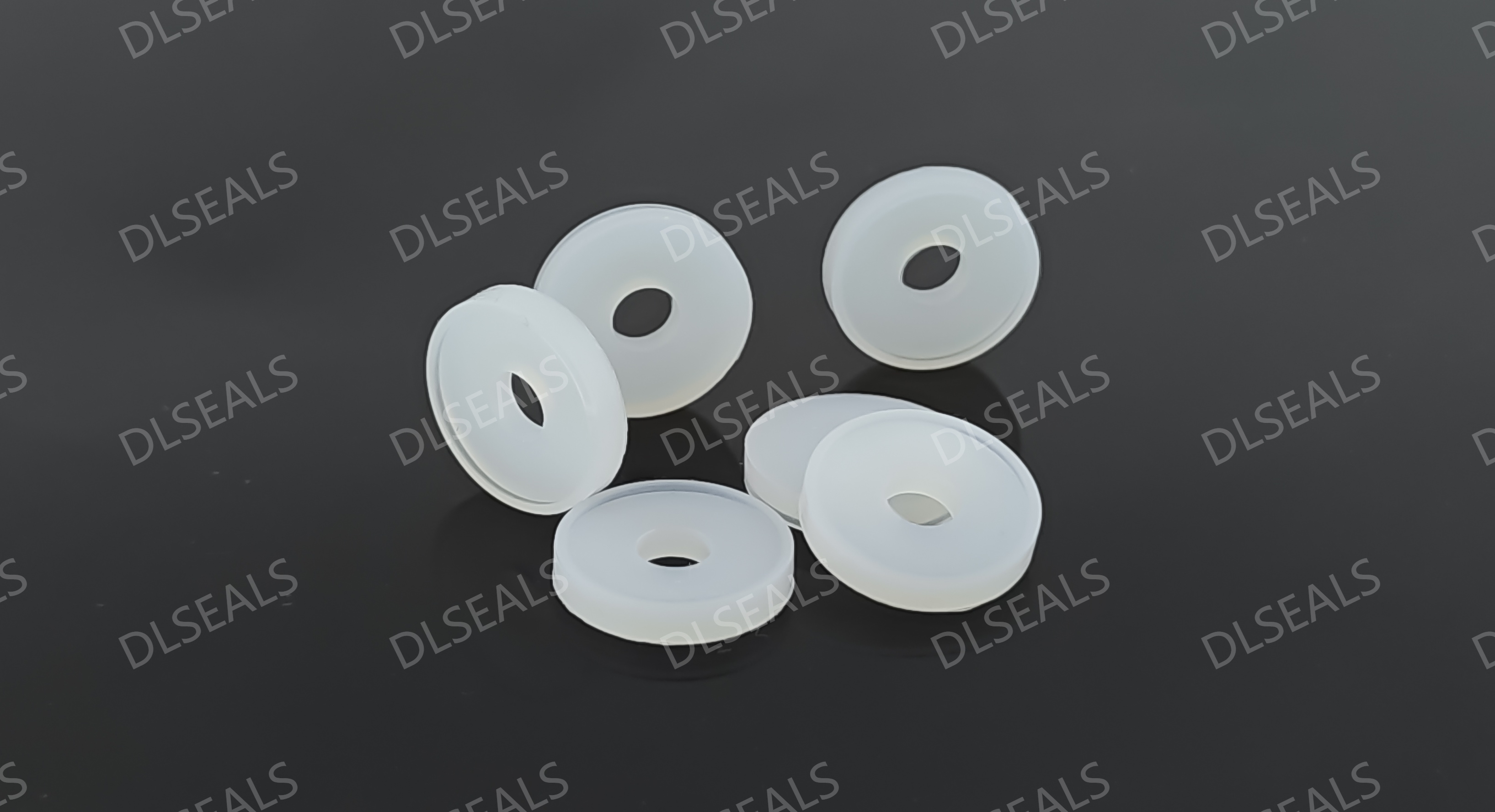
Rubber seals are widely used in various industrial equipment. Their key function is to provide reliable sealing performance to prevent gas and liquid leakage. In order to ensure the performance and safety of rubber seals under specific conditions, the industry has conducted a series of rigorous tests and certifications on them. This article will introduce various performance tests on rubber seals, including pressure resistance, temperature resistance, chemical resistance, etc.
1. Performance test of rubber seals
Pressure test
The pressure test is used to evaluate the performance of rubber seals under high pressure. During the test, the seal is subjected to a specific pressure under controlled conditions to check whether it can maintain an effective sealing effect. Common test methods include:
Static pressure test: Fix the seal in a container, gradually increase the pressure, and observe whether leakage or deformation occurs.
Dynamic pressure test: Under actual working conditions, the test is carried out through actual equipment to simulate frequent pressure changes to determine the sealing performance of the seal in a dynamic state.
Temperature test
The temperature test evaluates whether the rubber seal can still maintain good performance in high or low temperature environments. Tests usually include:
High temperature and high pressure test: Place the seal ring in a high temperature environment and apply a certain pressure to observe its deformation, aging or loss.
Low temperature test: Expose the seal ring to a low temperature environment to check its elastic recovery and flexibility at low temperatures.
Chemical medium resistance test
Rubber seal rings are often in contact with various chemical media, so their chemical resistance is another key performance to ensure their reliability. In this test, the seal ring will be immersed in a specific chemical medium for a certain period of time to check its physical property changes. Test content includes:
Solvent resistance test: Put the seal ring in a specific solvent and observe its physical changes under the action of the solvent, such as hardness, tensile strength, elasticity, etc.
Oil resistance test: Through oil immersion test, evaluate the performance changes of the seal ring under oil contact.
Mechanical property test
Evaluating the mechanical properties of rubber seal rings is an important test to ensure their suitability for various applications. Common tests include:
Tensile strength test: Measure the maximum bearing capacity of the rubber seal ring in a stretched state to determine its tensile and tear resistance.
Hardness test: The hardness of rubber is measured by a Shore durometer to determine its applicability and sealing ability.
Aging test
Aging test is used to evaluate the stability of rubber seals under long-term use, UV exposure, moisture and oxidation. If the rubber seal undergoes aging, it may become brittle, crack, and perform poorly. Usually includes:
Hot air accelerated aging test: The seal is placed under high temperature and dry conditions for a certain period of time to simulate the performance changes after long-term use.
Ozone aging test: By exposing it to an ozone environment, the anti-aging ability of the seal material under the action of ozone is evaluated.
2. Certification standards
After completing the test, the rubber seal needs to pass a series of certifications to ensure that it meets industry standards and safety specifications. Common certification standards include:
ISO certification: The International Organization for Standardization (ISO) has developed a series of standards related to industrial products, including quality management systems (such as ISO 9001) and material standards (such as ISO 1629).
FDA certification: In the food and drug industries, rubber seals must be certified by the U.S. Food and Drug Administration to ensure that their materials are safe and suitable for contact with food or drugs.
RoHS certification: The Restriction of the Use of Certain Hazardous Substances Directive (RoHS) ensures that rubber seals do not contain hazardous substances that are harmful to the environment and human health.
III. Summary
The performance testing and certification of rubber seals is an important part of ensuring their safety, reliability and effectiveness in practical applications. Through a series of performance tests such as pressure resistance, temperature resistance, and chemical resistance, the function and service life of rubber seals can be accurately evaluated. Certification standards within the industry, such as ISO and FDA, provide a trust foundation for the market, ensuring that consumers and manufacturers can use these sealing products with confidence. With the continuous advancement of technology, future performance testing and certification methods will be more stringent and comprehensive to meet the growing industry needs and environmental protection requirements.
Post time: Sep-30-2024
